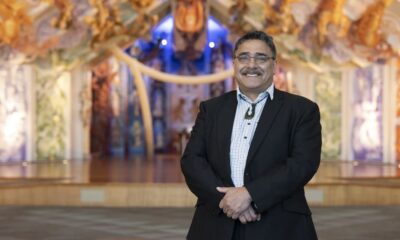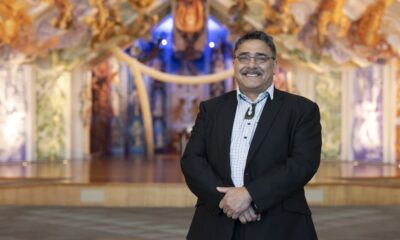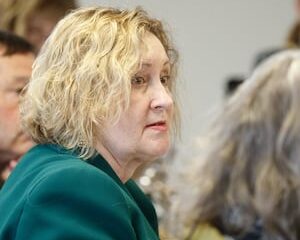Politics
Over 15,000 Māori and Moriori Heritage Items Reside Abroad
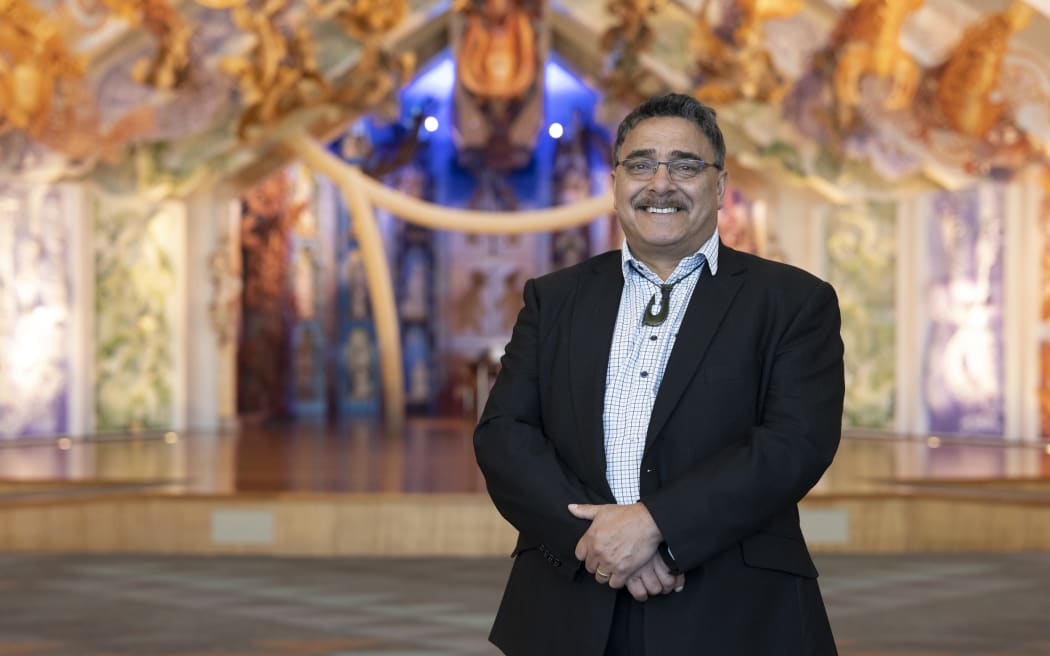
More than 15,000 pieces of Māori and Moriori cultural heritage items are currently located in museums and universities outside of New Zealand. This revelation comes from Arapata Hakiwai, the Kaihautū of Te Papa Tongarewa, the national museum of New Zealand, based in Wellington. Hakiwai has been with Te Papa since its inception in 1998 and has dedicated his career to addressing the historical displacement of these cultural treasures.
Hakiwai’s work began under the guidance of esteemed academic Sir Hirini Moko Mead, who encouraged him to transition from teaching to working at the national museum. Early on, Hakiwai recognized significant gaps in the museum’s approach to Māori and Moriori heritage, stating that many ancestral items had been taken or traded with other institutions worldwide. He remarked, “Māori and Moriori ancestors, hundreds, thousands of them were taken, traded, swapped, exchanged, sold to other museums.”
Through extensive research, Hakiwai estimates that the number of Māori and Moriori items held internationally exceeds 16,000. He noted that over 33 museums in the United States and more than 30 in the United Kingdom possess these treasures, with the Field Museum in Chicago housing one of the largest collections, comprising over 2,500 Māori taonga.
Hakiwai emphasized that a substantial portion of indigenous cultural heritage remains offshore, and much of it originates from earlier periods. He expressed concern that “over 95 percent wouldn’t know of that, wouldn’t be aware of the extent of that or where their taonga are.” He advocates for this information to be readily accessible to Māori and Moriori people as a matter of right.
The issue of cultural heritage repatriation has gained traction globally, especially since the establishment of the Karanga Aotearoa repatriation programme in 2003, which initially focused on the return of human remains. Hakiwai noted that many museums have agreed to return ancestral remains, marking a significant shift in attitudes. He stated that the old practice of amassing treasures is increasingly being questioned, although some institutions continue to acquire artifacts.
Reflecting on the impact of the 1984 Te Māori exhibition, Hakiwai observed that it played a crucial role in shaping relationships between Māori and overseas museums. He pointed out the Field Museum’s involvement in the restoration of the wharenui Ruatepupuke, originally built in 1881 in Tokomaru Bay. The museum’s collaboration with indigenous people illustrates a model for how museums can engage with Māori communities.
Hakiwai recounted a poignant visit from elders in Tokomaru Bay who expressed the need to “re-clothe” Ruatepupuke, which currently resides in Chicago. They conveyed that the whare was “lonely” and “naked,” leading to a partnership with the Field Museum to restore the structure while keeping it in Chicago. This partnership highlights the potential for museums to support cultural identity and heritage preservation.
Hakiwai believes that museums can serve a higher purpose by uplifting cultural foundations and identities. He stated, “If that is the desire of iwi, hapū, and whānau for their taonga to be returned and homed we will work with them to achieve those ends.” He emphasizes that having taonga in their communities can elevate histories and significance far beyond the artifacts sitting on display.
As the conversation around cultural heritage continues to evolve, Hakiwai’s work at Te Papa aims to reconcile the past with a vision for the future, fostering partnerships that respect and honor Māori and Moriori cultural identities.
Politics
New Electoral Laws Prompt Concerns Over Voter Accessibility
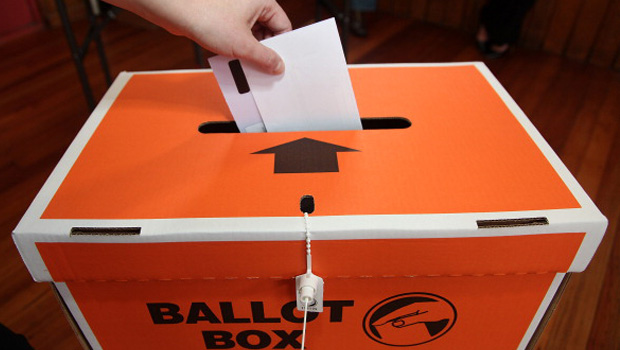
The New Zealand government is set to implement significant changes to its electoral laws, raising questions about the impact on voter accessibility ahead of the upcoming general election in 2024. Voters will have a twelve-day advanced voting period during which they must ensure their enrollment details are correct, as no changes will be accepted once this period begins.
The initiative has sparked debate, particularly regarding its timing and implications. According to statistics, in 2023, approximately 134,000 individuals changed their addresses or electorates during the advanced voting period, while nearly 100,000 people enrolled to vote. These figures indicate that many voters may not be fully prepared for the new regulations, which could hinder participation.
Paul Goldsmith, New Zealand’s Minister of Justice, is advocating for these changes, citing the need to reduce the administrative burden on the Electoral Commission. However, officials have cautioned that these amendments could potentially decrease voter enrollment rates and turnout, as well as increase the number of disallowed votes.
Concerns About Accessibility and Participation
Critics argue that making the voting process more complex could disenfranchise many citizens. Francesca Rudkin expresses concern that these changes prioritize administrative efficiency over voter accessibility. She emphasizes that voting should be made as accessible as possible to ensure that all New Zealanders can exercise their democratic right.
Goldsmith contends that the changes will result in faster election outcomes by minimizing the processing of special votes. However, critics question whether the speed of results should take precedence over ensuring that every eligible voter has the opportunity to participate. The call for educational campaigns on the new rules is seen as insufficient, particularly given the high number of individuals who may not be aware of the changes.
The Electoral Commission has noted that the current system, which allows for last-minute changes, places a significant burden on election administration. As David Seymour pointed out, voters must take responsibility for their registration and ensure that they are informed. Yet, the concern remains that those who are less organized may be disproportionately affected by these new rules.
Goldsmith faces a challenging task as he navigates the balance between administrative efficiency and voter engagement. The upcoming election will serve as a crucial test of these changes, with the potential for significant implications on voter turnout and representation in Parliament.
As the nation prepares for the 2024 General Election, it is essential for voters to understand the new regulations and ensure their enrollment details are accurate well in advance of the election date. Failure to do so could lead to a reduction in participation, undermining the democratic process that the government aims to uphold.
Politics
Council Meeting Erupts Over Proposed Ban on Private Helicopters
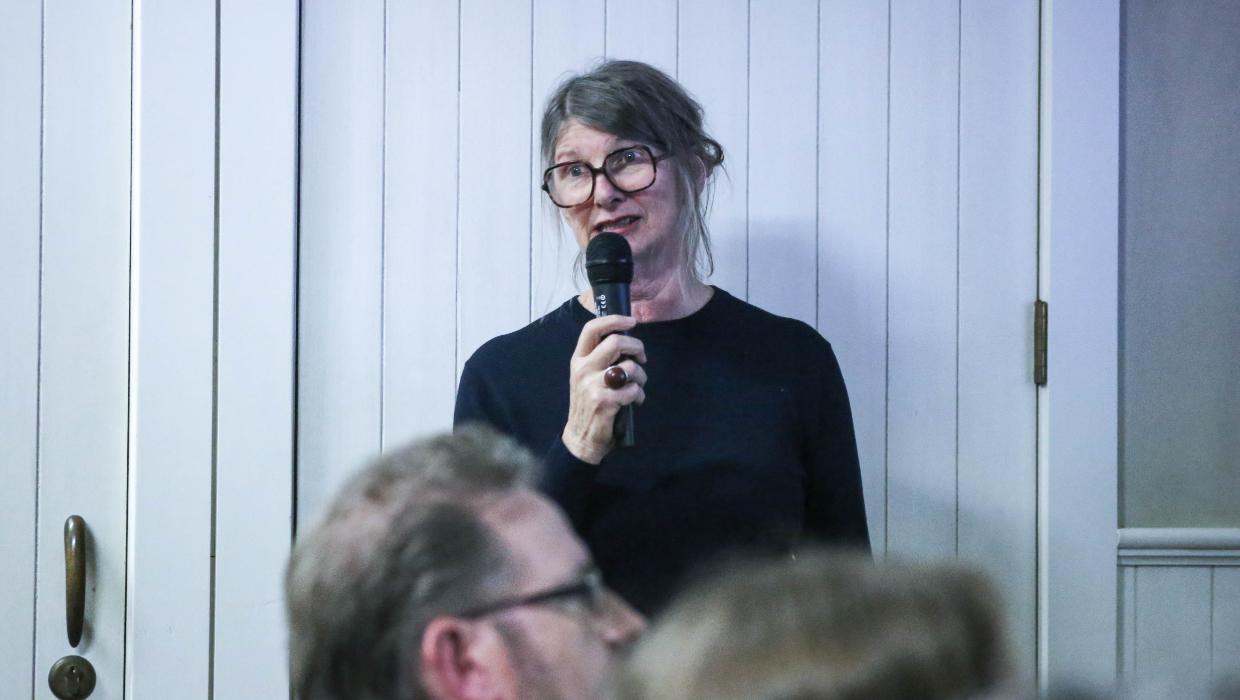
A heated council meeting in the heart of the community took place on October 24, 2023, as residents voiced their opposition to a proposed ban on private helicopters in residential areas. The motion, which aimed to address growing concerns regarding noise pollution and safety, faced immediate backlash from campaigners who rejected perceptions of being “jealous lefties.”
As tensions escalated, council members were met with impassioned arguments from local residents who expressed their frustration over the potential restrictions. The meeting highlighted a significant divide within the community, with some residents advocating for the ban while others defended their right to use private helicopters.
Community members opposed to the ban argued that private helicopters serve essential functions, such as emergency medical transport and business operations. Many residents emphasized the economic benefits these services bring, particularly to remote areas where access to services can be limited.
During the meeting, one prominent campaigner stated, “We are not against progress; we are against unnecessary restrictions that could hamper our livelihoods.” This sentiment resonated with numerous attendees who rallied behind the campaign for private helicopter access.
The council’s proposal stemmed from a series of complaints regarding the noise generated by helicopters, which some residents described as disruptive. Concerns over potential safety hazards associated with low-flying aircraft in densely populated neighborhoods also played a significant role in the council’s deliberations.
Despite the passionate discourse, council members ultimately decided to table the motion, indicating that further discussions would be necessary to find a balanced solution. This decision left many campaigners relieved but aware that the issue is far from resolved.
One council member remarked, “We need to consider all perspectives before making any decisions that impact our community.” The meeting underscored the complexities of balancing public safety and individual freedoms, particularly in urban settings where growth and development continue to shape the landscape.
As discussions continue, it remains to be seen how the council will navigate the differing viewpoints on the use of private helicopters. Community engagement will be vital in shaping future policies that address both safety and economic considerations in the area.
Politics
Over 15,000 Māori and Moriori Treasures Reside Abroad, Expert Reveals
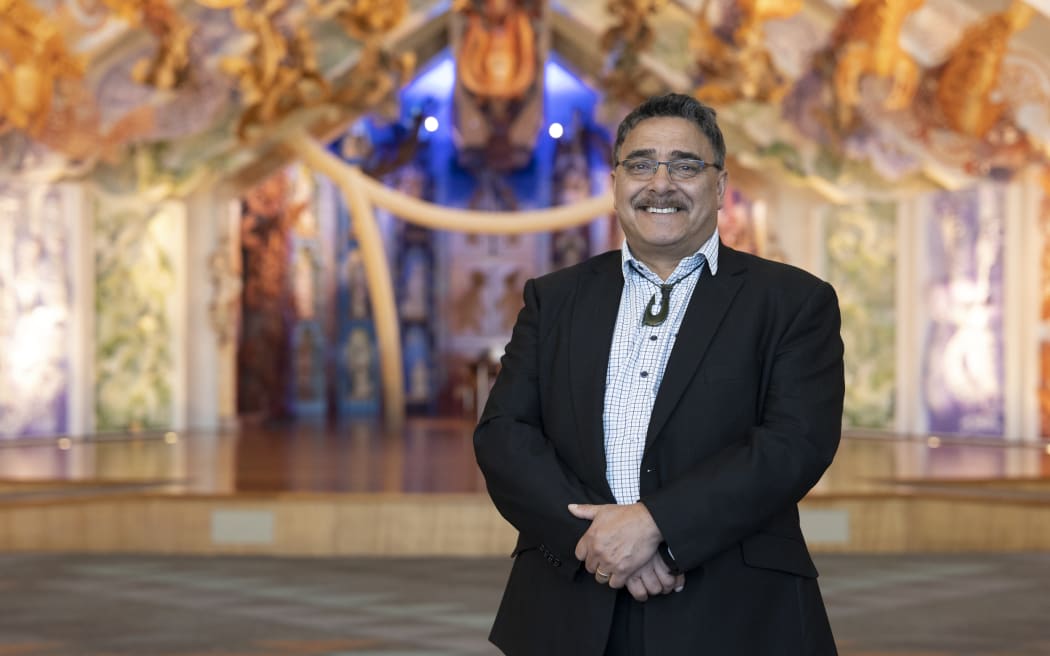
A recent assessment indicates that more than 15,000 Māori and Moriori cultural heritage items are currently held in museums and universities around the world. Arapata Hakiwai, a prominent figure at Te Papa Tongarewa, the Museum of New Zealand in Wellington, shared these findings, emphasizing the urgent need for awareness and action regarding these cultural treasures.
Hakiwai, who has been with Te Papa since its inception in 1998, recounted the pivotal moment that shaped his career. He was encouraged to join the museum by academic Sir Hirini Moko Mead, who recognized his potential in the field. Hakiwai quickly found himself immersed in the complexities of museum practices, particularly regarding the historical treatment of Māori and Moriori artifacts.
Upon delving into the museum’s holdings, Hakiwai discovered a troubling reality: many items associated with Māori and Moriori ancestors were taken from their communities, often through trade or sale. He noted, “Māori and Moriori ancestors, hundreds, thousands of them were taken… and our museum was implicitly involved in that.” His research has revealed that the number of cultural heritage pieces located in overseas institutions has likely surpassed 16,000, with significant collections found in over 33 museums across the United States and more than 30 in the United Kingdom.
Among these institutions, the Field Museum in Chicago houses one of the largest collections, comprising approximately 2,500 Māori taonga. Hakiwai pointed out that the vast majority of Māori and Moriori individuals are unaware of the extent of these collections or the whereabouts of their cultural heritage. He stated, “Over 95 percent wouldn’t know of that, wouldn’t be aware of the extent of that or where their taonga are, or who have them.”
Hakiwai believes that access to this information should be regarded as a right for Māori and Moriori people, rather than a privilege. He highlighted the uniqueness of certain artifacts, such as Te Rā, housed in the British Museum, which have no equivalents in New Zealand.
The Karanga Aotearoa repatriation programme, which began in 2003, initially focused on the return of human remains. Hakiwai noted significant progress in international cooperation, with many museums now agreeing to return ancestral remains, a notable shift from previous practices. Despite this progress, he expressed concern over ongoing acquisitions by some museums, stating that the tradition of amassing cultural treasures must come to an end.
The impact of the 1984 Te Māori exhibition has been profound, fostering better relationships between Māori and overseas museums. Hakiwai recounted how the Field Museum was the last venue for Te Māori, leading to initiatives aimed at restoring cultural connections, such as the restoration of the wharenui Ruatepupuke. Originally built in 1881 in Tokomaru Bay, this meeting house now resides in Chicago, having traveled through Frankfurt in Germany.
Hakiwai became involved in the restoration of Ruatepupuke in the 1990s after elders from Tokomaru approached him about the need to “re-clothe” their ancestral house. Initially, he assumed the project would end with the wharenui’s repatriation. However, the elders expressed a desire to collaborate with the Field Museum to ensure that Ruatepupuke could be appropriately cared for while remaining in Chicago.
He believes that museums can play a crucial role in supporting cultural identity and heritage. Hakiwai stated, “If that is the desire of iwi, hapū, and whānau for their taonga to be returned… we will work with them to achieve those ends.” He emphasized the importance of having taonga returned to their communities, where they can be celebrated and recognized for their historical and cultural significance.
Hakiwai’s insights challenge the conventional role of museums and advocate for a future where cultural heritage is not merely stored but actively integrated into the lives of the communities it represents.
Politics
Over 15,000 Māori and Moriori Heritage Items Found Abroad
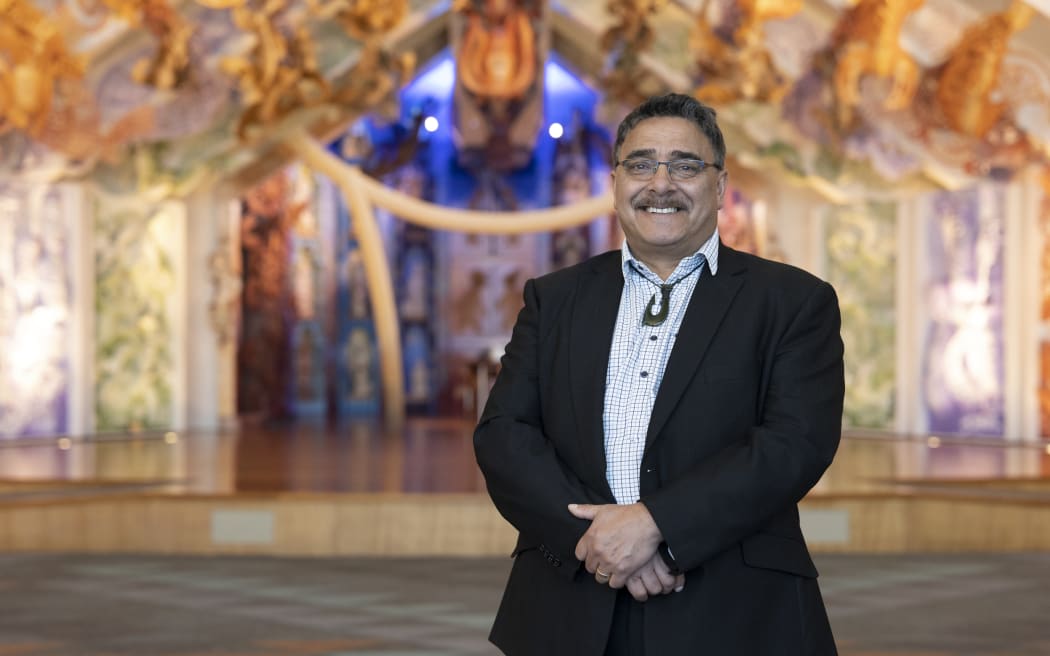
More than 15,000 cultural heritage items belonging to Māori and Moriori communities are believed to be held in museums and universities around the world. This revelation comes from Arapata Hakiwai, the Kaihautu of Te Papa Tongarewa, the national museum of New Zealand, located in Te Whanganui-a-Tara (Wellington). Hakiwai’s insights highlight a significant issue concerning the repatriation of indigenous artifacts and the need for cultural heritage to return to its rightful owners.
Hakiwai’s journey in the museum sector commenced in 1998, following an encouragement from academic Sir Hirini Moko Mead. Initially taken aback by the complexities of the role, he quickly recognized that the museum’s approach to Māori and Moriori artifacts needed transformation. He emphasized the historical context in which many items were taken, noting that “Māori and Moriori ancestors, hundreds, thousands of them were taken, traded, swapped, exchanged, sold to other museums.”
Through extensive research, Hakiwai estimates that the number of cultural heritage pieces located in international institutions exceeds 16,000. He referenced over 33 museums in the United States and more than 30 museums in the United Kingdom that house these valuable items. The Field Museum is particularly noteworthy, with a collection of over 2,500 Māori taonga (artifacts), illustrating the magnitude of cultural heritage dispersed globally.
Hakiwai expressed concern that the majority of Māori and Moriori individuals remain unaware of the extent of their cultural heritage held overseas. “The sad reality is over 95 percent wouldn’t know of that, wouldn’t be aware of the extent of that or where their taonga are,” he stated. He argued that access to this information should be viewed as a right rather than a privilege.
The Karanga Aotearoa repatriation programme, initiated in 2003, focused initially on the return of human remains. Hakiwai noted a shift in the international museum community, with many institutions now agreeing to return these ancestral remains. “Many museums are realizing the old practice of ‘amassing treasures’ can’t continue,” he explained, highlighting a growing awareness of the ethical responsibilities museums have toward indigenous cultures.
The impact of the 1984 Te Māori exhibition resonates strongly, as it changed the dynamics between Māori communities and overseas museums. Hakiwai pointed out that the Field Museum was the last venue to host this exhibition, which catalyzed further collaborations, including the restoration of the 19th-century wharenui (meeting house) Ruatepupuke. Originally built in 1881 in Tokomaru Bay, this important cultural structure was moved to the Field Museum through Germany and remains one of the few wharenui outside of New Zealand.
In the 1990s, Hakiwai played a vital role in the restoration of Ruatepupuke after elders from Tokomaru visited him in Wellington. They expressed their wish to “re-clothe” the whare, emphasizing its cultural significance. Rather than repatriating it immediately, the elders chose to collaborate with the Field Museum, demonstrating a commitment to maintaining connections and honoring the wharenui’s legacy.
Hakiwai believes that museums can serve a higher purpose by supporting and uplifting cultural identity. He stated that if iwi (tribes), hapū (sub-tribes), and whānau (families) desire the return of their taonga, Te Papa will work with them to facilitate this. “Having taonga back in their community, in their whenua (land) amongst their people, elevating the histories and their mana (prestige) and significance—surely that’s something far greater than taonga sitting on a shelf,” he remarked.
The ongoing dialogue about cultural heritage, repatriation, and the role of museums reflects a broader conversation on reconciling historical injustices and fostering partnerships with indigenous peoples. Hakiwai’s insights emphasize the need for museums to evolve beyond traditional practices and actively engage with the communities they represent.
-
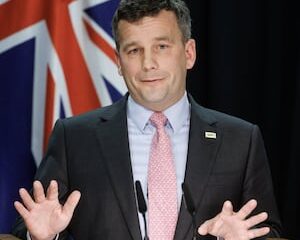
 Politics2 weeks ago
Politics2 weeks agoDavid Seymour Proposes Fast-Track Law for New Supermarkets in NZ
-

 Entertainment2 weeks ago
Entertainment2 weeks agoGeorge Calombaris Opens Up About Alcohol Struggles After Scandals
-
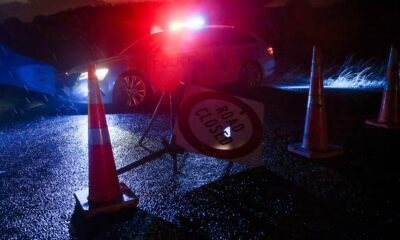
 Top Stories2 weeks ago
Top Stories2 weeks agoTragic Crash Claims Three Lives on Masters Rd Near Waiuku
-
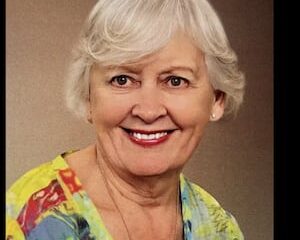
 World2 weeks ago
World2 weeks agoDaughter Accused of Murdering Mother in Khandallah Home
-
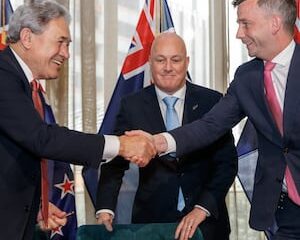
 World2 weeks ago
World2 weeks agoCoalition Leaders Address UN Rapporteur’s Criticism, Clarify Response
-

 World2 weeks ago
World2 weeks agoKalyn Ponga Explores Future Options Amid Newcastle Knights Struggles
-

 World2 weeks ago
World2 weeks agoDriver High on Magic Mushrooms Crashes with Child in Car
-

 Top Stories2 weeks ago
Top Stories2 weeks agoTauranga Airline Suspended After Safety Concerns Arise
-
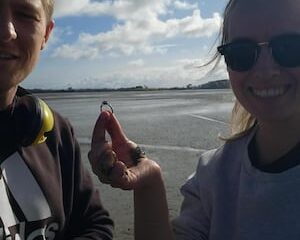
 Health2 weeks ago
Health2 weeks agoWoman’s Missing Engagement Ring Found in Waiuku Mudflats
-
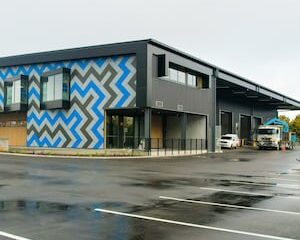
 Business2 weeks ago
Business2 weeks agoSouth Waikato Trades Training Centre Faces Closure Proposal
-

 World2 weeks ago
World2 weeks agoQueenstown’s The Rees Hotel Fined $22,000 for Illegal Crayfish Sales
-

 Health1 week ago
Health1 week agoReparenting Yourself: A Path to Emotional Well-Being

